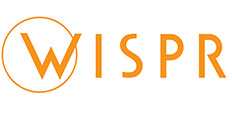We used PSP radiation guidelines for a seven-year mission for EEE parts selection. Our designs address single event effect (SEE) induced failure (latchup, burnout, gate rupture, secondary break-down), non-destructive SEE (e.g., non-destructive latchup, minilatchup, and single event functional interrupts) and single eventinduced soft errors (including single event upsets (SEU) or transients in linear devices) and SEE-induced soft errors. All EEE parts meet the TID requirement with a minimum radiation design margin of 2°ø the mission TID (60 krad behind 100 mils of Al shielding). We use no EEE parts having a linear energy transfer (LET) threshold of <25 MeVcm2/mg (SEU) or 100 MeVcm2/mg. The selected APS detector technology (see Sect. 3.3.1) mitigates potential problems of Non-Ionizing Energy Loss (NIEL) and radiation-induced Charge Transfer Efficiency (CTE) losses. Unlike CCDs (LASCO, SECCHI/HI), the photoelectrons are read-out from each APS pixel without shifting through the rest of the detector. Like CCDs, the radiation-induced damage increases the dark current, dark current non-uniformity noise in addition to particle-induced ionization transients (“cosmic rays” are scrubbed on-board as done on SECCHI/HI), temporal variations in pixel dark current and other effects.

